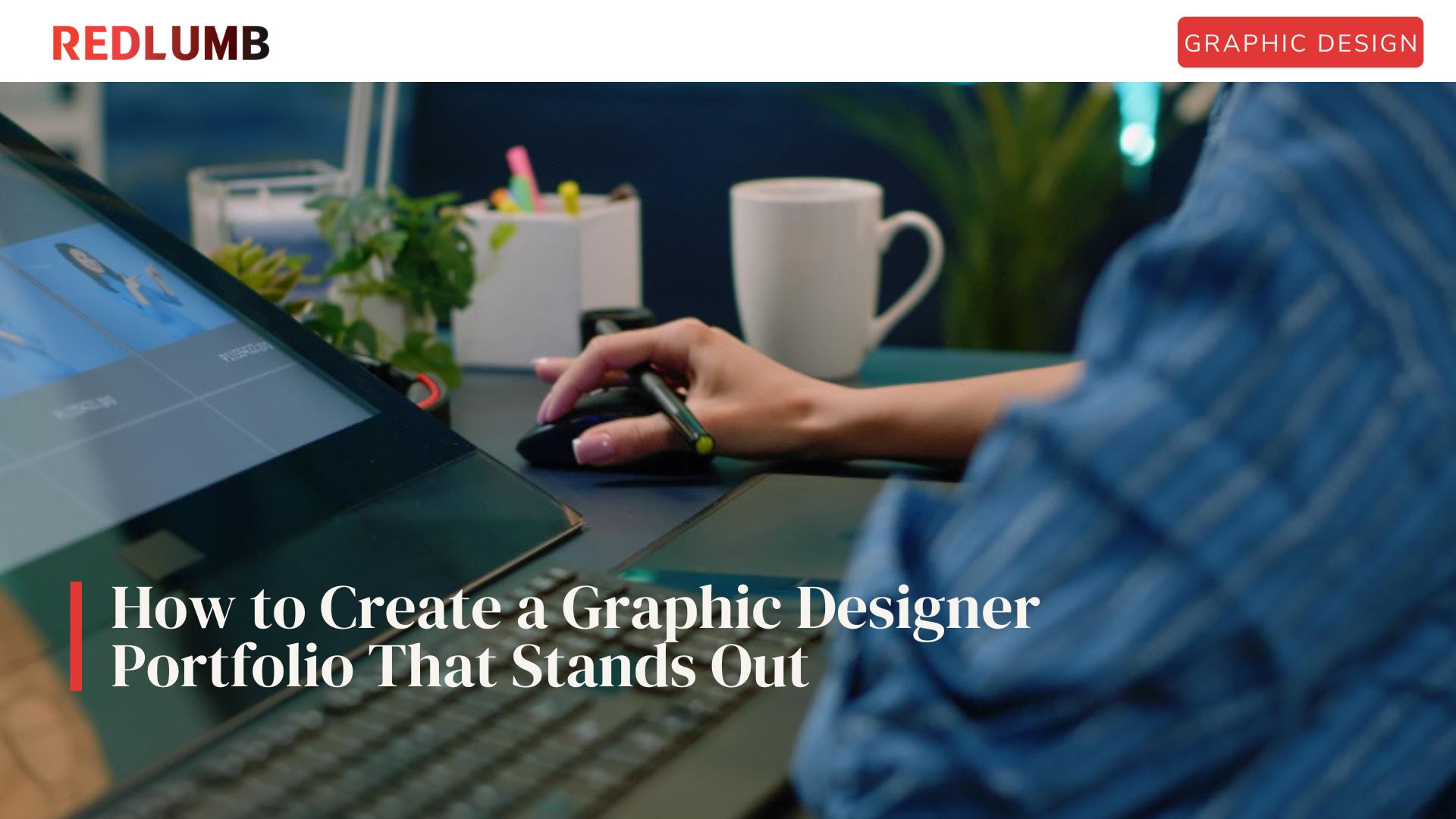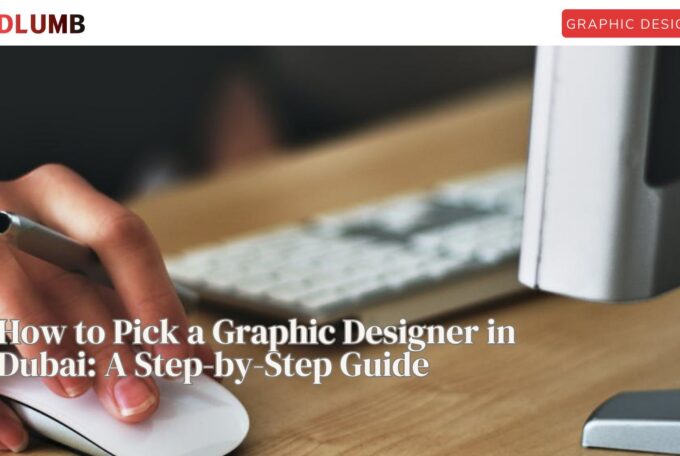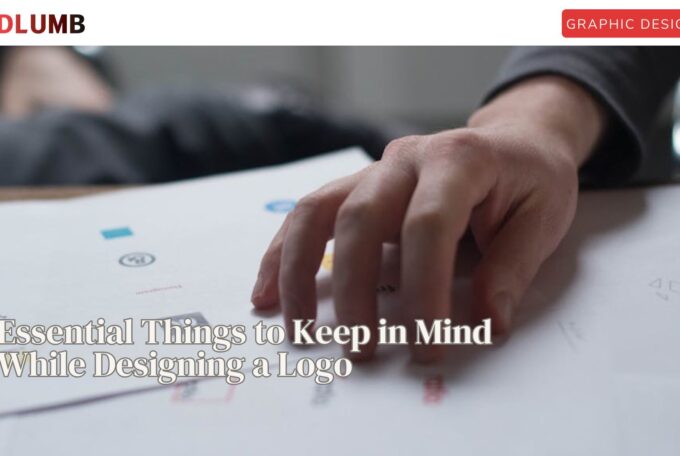Creating an outstanding graphic designer portfolio is essential for showcasing your skills, creativity, and professional potential. Whether targeting clients, applying for jobs, or building your brand, a well-crafted portfolio is vital for success. Below, we’ll explore step-by-step strategies to create a portfolio that leaves a lasting impression.
[su_list class=”story-highlight”]Key Takeaways
- Highlight your strongest, most recent work that aligns with your goals and demonstrates diverse skills and creativity.
- Use case studies to tell the story behind each project, emphasizing problem-solving, creative processes, and measurable results.
- Ensure your portfolio is clean, user-friendly, and reflective of your personal brand, with consistent updates to stay relevant.[/su_list]
[su_service title=”How We Can Help” icon=”icon: question-circle-o” size=”22″ class=”helpBox”] Showcase your creative potential with a portfolio that stands out with the expertise of REDLUMB – start building your perfect graphic design portfolio today! [/su_service]
Define Your Purpose and Target Audience
Before starting, it’s crucial to clarify the purpose of your portfolio and the audience you want to reach. Understanding these aspects will guide your design choices and the types of projects you showcase. For example, if you aim to secure work with corporate clients, your portfolio should emphasize professionalism, precision, and adaptability. On the other hand, targeting creative agencies might require more experimental and innovative designs.

Think about the message you want your portfolio to communicate. Whether it’s versatility, innovation, or a niche skill, your portfolio should reflect this narrative through its content and design. If you’re providing graphic designing services in UAE, your portfolio should reflect the diverse needs and preferences of clients in this dynamic market.
Select Only Your Best Work
When it comes to portfolios, quality always trumps quantity. Choose projects that represent your skills and align with the type of work you want to attract. Each piece in your portfolio should demonstrate unique strengths such as creativity, problem-solving, technical expertise, or your ability to meet client needs.
[su_service title=”Info” icon=”icon: info-circle” icon_color=”#000″ size=”20″ class=”InfoBox”]Instead of including every project you’ve ever done, focus on those that tell a story or showcase a skill you’re proud of. Additionally, ensure your selected projects are recent and reflect your current capabilities. Outdated work may give the impression that you’re not actively growing as a designer.[/su_service]
Showcase a Variety of Skills
A diverse portfolio not only highlights your technical proficiency but also demonstrates your ability to adapt to different styles, industries, and challenges. Include projects that showcase a mix of design disciplines such as branding, web design, packaging, typography, and illustration. For professionals offering graphic designing services in Dubai, demonstrating versatility through a range of projects can help attract a broad client base.
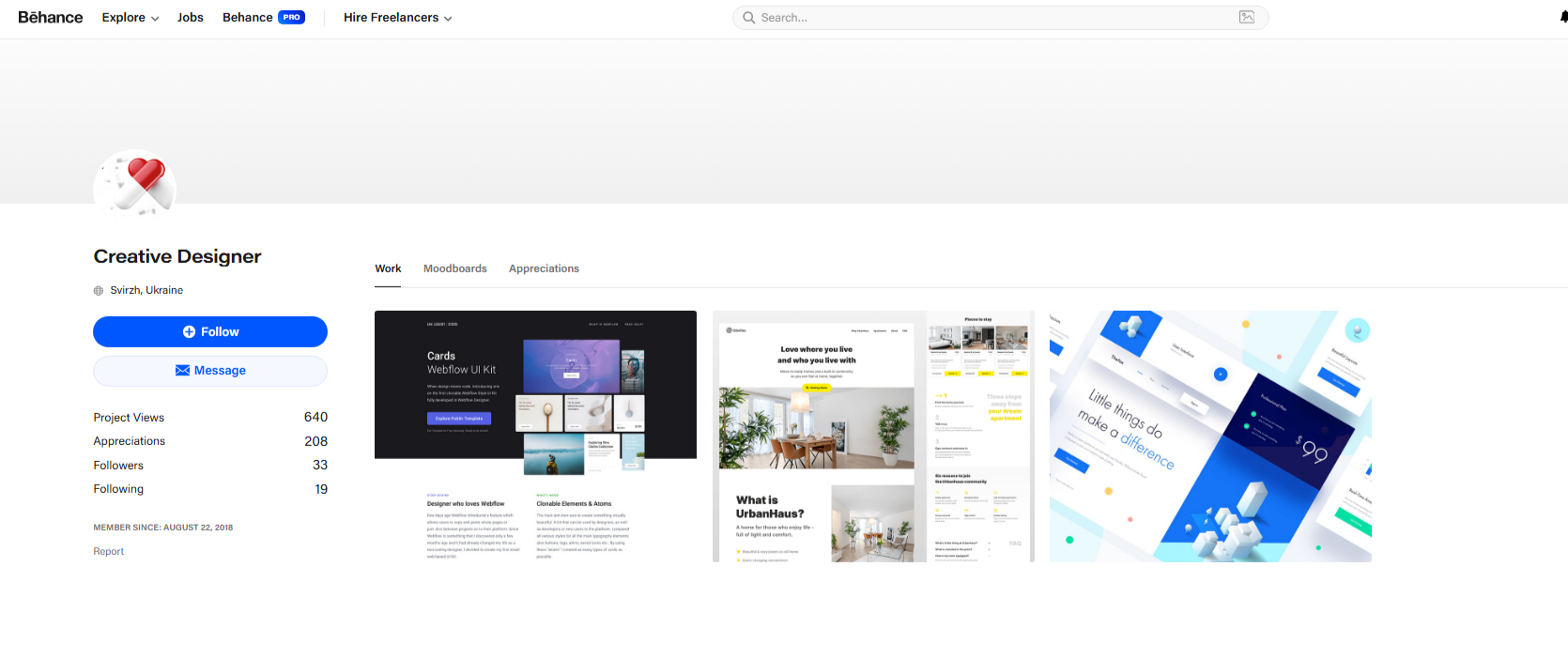
However, it’s important to maintain coherence throughout your portfolio. Even with variety, ensure that each piece aligns with your overall design style and the message you’re communicating. For instance, if you’re a minimalist designer, all your projects should reflect that ethos, even if they span different categories.
Use Case Studies to Tell a Story
Rather than merely displaying completed projects, incorporate case studies to show your thought process and the impact of your work. A case study provides context, highlighting how you approached a problem, developed a solution, and delivered results. This approach gives potential employers or clients a deeper understanding of your capabilities.
For each case study, include:
- A brief description of the client or project background.
- The challenges or objectives you were tasked with.
- Your creative process, including research, brainstorming, and execution.
- The outcome is supported by visuals and metrics where possible.
Case studies not only demonstrate your technical skills but also showcase your problem-solving ability and attention to detail.
Opt for a Clean and User-Friendly Layout
The layout of your portfolio is just as important as its content. A cluttered, confusing design can overshadow even the most impressive work. Choose a clean, intuitive layout that allows your projects to shine.
Ensure that your portfolio is easy to navigate, whether it’s a website or a physical portfolio. Use consistent typography, ample white space, and logical categorization to create a professional and visually appealing presentation. If you’re building an online portfolio, make sure it’s responsive and optimized for mobile viewing, as many users will likely browse it on their phones.
Include a Personal Brand
Your portfolio is an opportunity to showcase your brand as a designer. This includes not just your work but also your personality, values, and unique design style. Develop a cohesive visual identity for your portfolio by incorporating elements such as a logo, consistent color palette, and typography that reflect your design philosophy.
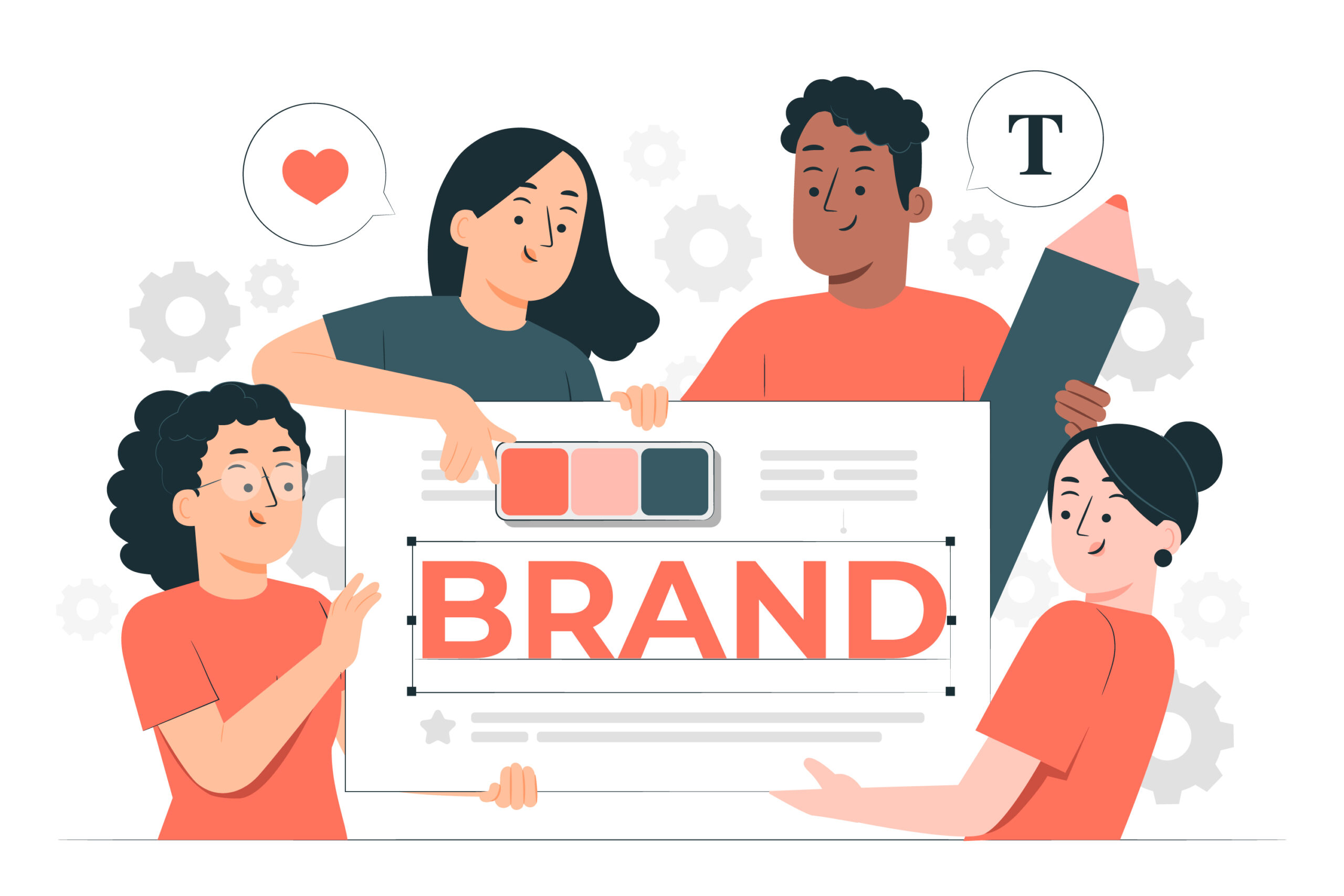
Additionally, write a compelling “About Me” section to introduce yourself and provide context for your work. Use this space to explain your passion for design, your professional journey, and what sets you apart from other designers.
Incorporate Testimonials and Feedback
Testimonials and client feedback can significantly enhance your portfolio by adding credibility and authenticity. Ask past clients, employers, or collaborators to provide short, specific testimonials about their experience working with you.
[su_service title=”Important” icon=”icon: exclamation-triangle” icon_color=”#00ae27″ size=”20″ class=”ImportntBox”]Place these testimonials strategically throughout your portfolio, such as alongside relevant projects or in a dedicated section. Positive feedback not only validates your skills but also demonstrates your professionalism and ability to work collaboratively.[/su_service]
Leverage Online Platforms
In today’s digital age, having an online portfolio is non-negotiable. Platforms like Behance, Dribble, and personal websites allow you to reach a global audience and showcase your work interactively.
Create a professional and visually appealing website with a custom domain to establish your online presence. Include links to your social media profiles, as these can provide additional insight into your personality and design interests. Regularly update your portfolio with new projects to demonstrate your growth and keep your audience engaged.
Keep It Updated
Your portfolio is a living document that should evolve with your career. As you complete new projects, remove older or less relevant ones to keep your portfolio fresh and reflective of your current abilities.
Additionally, update your portfolio to align with industry trends and emerging technologies. For example, if you’ve recently learned motion design or 3D rendering, make sure to include relevant projects to highlight your new skills.
Polish and Proofread
Attention to detail is critical when presenting yourself as a graphic design leader. Make sure your portfolio is free of typos, inconsistencies, and technical errors. Also, do not forget to test all links, review your written content, and ensure your visuals are of the highest quality.
Seek feedback from trusted peers or mentors to gain an objective perspective on your portfolio. They may identify areas for improvement or suggest adjustments that enhance the overall presentation.
Creating a graphic designer portfolio that stands out requires a combination of strategic planning, thoughtful curation, and attention to detail. By defining your purpose, showcasing your best work, and incorporating case studies, you can craft a portfolio that effectively communicates your skills and sets you apart from the competition. Regular updates, a clean layout, and a personal brand will further enhance your presentation and ensure your portfolio remains relevant and impactful.
Moiz Banoori is a Digital Marketing specialist with over eight years of experience in content creation and digital journalism. He leads teams at various brands and focuses on developing effective SEO strategies that enhance online visibility. With a degree in journalism, Moiz combines his passion for storytelling with technical skills to deliver innovative digital solutions at REDLUMB, helping clients achieve their online goals in a competitive landscape.

